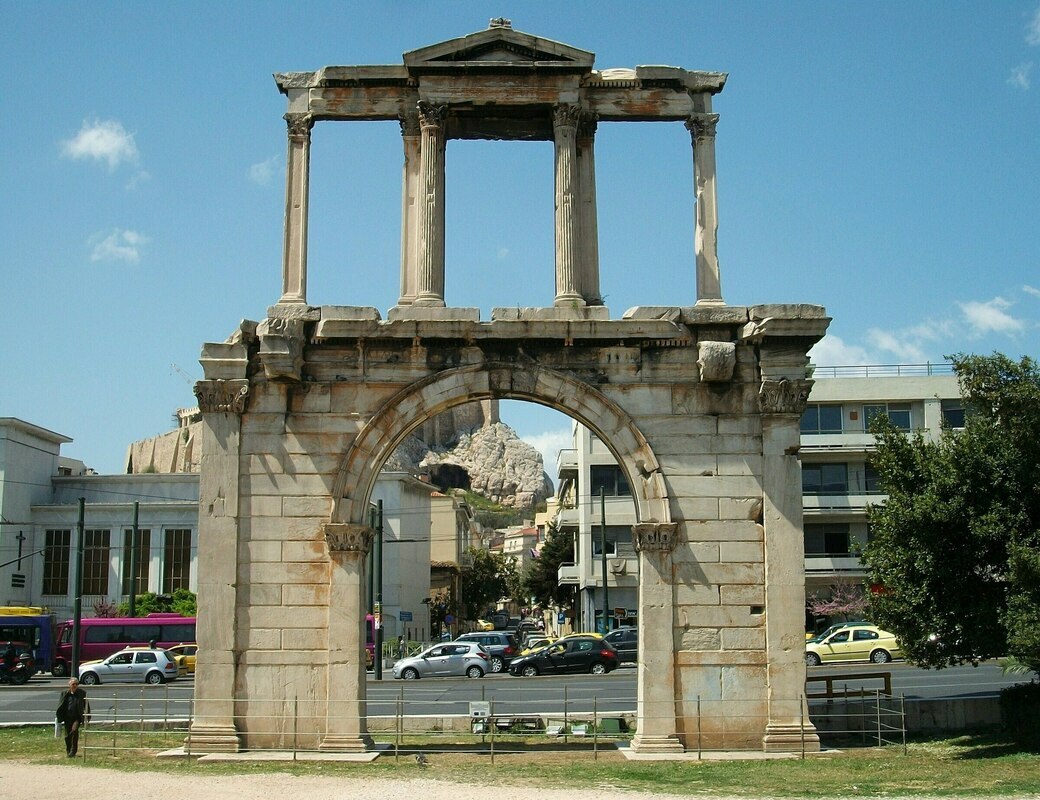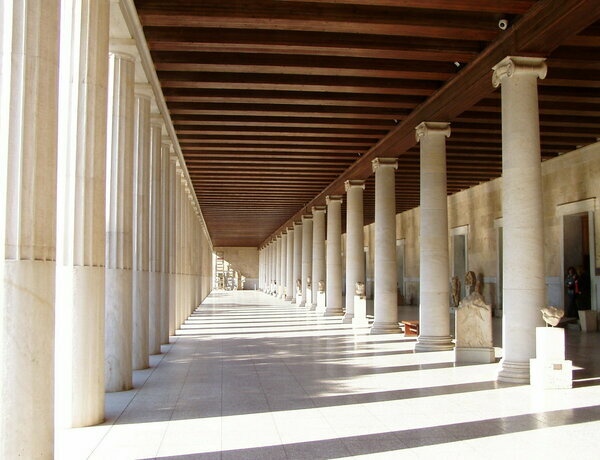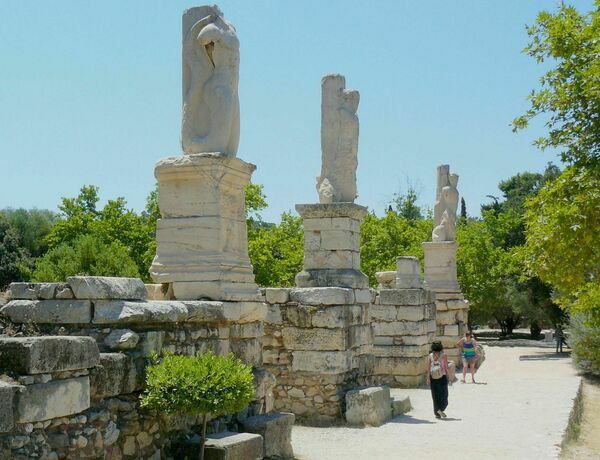
Posted by Filippos Fragkogiannis
The Arch of Hadrian, also known as Hadrian’s Gate, is a monumental gateway located in the historic center of Athens, Greece. It was built in the 2nd century AD by the Roman Emperor Hadrian, who was a great admirer of Greek culture.
The Arch of Hadrian served both a practical and symbolic purpose. It marked the boundary between the ancient city of Athens and the new Roman city, and also served as a grand entrance to the city for visitors arriving from the east. At the same time, it celebrated Hadrian’s achievements and his appreciation for Greek culture, and served as a powerful symbol of the close relationship between Rome and Athens.
Today, the Arch of Hadrian is a popular tourist attraction in Athens, and is widely recognized as one of the city’s most impressive ancient monuments. It is located near several other notable landmarks, including the Temple of Olympian Zeus and the Acropolis.
Website
odysseus.culture.gr
odysseus.culture.gr





